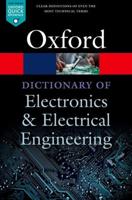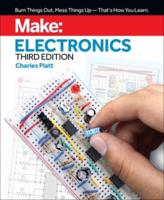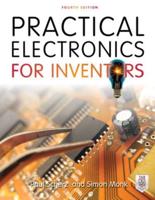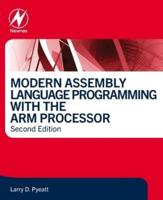Publisher's Synopsis
Excerpt from The Wireless Age, Vol. 5: Practical Training in Radio Communication, Aviation, Navigation and Military Signaling; February, 1918
Washington, D. C., and Cavite, P. Through two relay stations. These relay points are San Diego, Cal., and Pearl Harbor, in the Hawaiian islands. From Pearl Harbor to Cavite, a distance of miles, communication will be direct. Thus will the most remote of our possessions be brought into almost instantaneous touch with the seat of government.
Recalling the days of '98, when the battle of Manila bay was fought, the Philippine cable was cut, and the nation waited in breathless suspense until the cable finally was repaired and Dewey laconically reported the victory, great progress in electrical research work has been made within two decades. We get news these days while it is still fresh, and it scarcely matters in which quarter of the world it is made. Never again, it would seem, will a duplication of the Oregon's dash around the Horn keep us in a state of nervous uncertainty for weeks. Wireless, a novelty ten years ago, has become as indispensable as it is reliable. As a means of communication it is a cable that cannot be cut and a wire that storms do not break.
Our wireless equipment is probably equal, if not superior, to that pos sessed by Germany. When the next step is taken, and the nation's head is enabled to communicate direct with the uttermost outpost where ies the American ag, much after the fashion of a corporation manager who presses a button and instantly is put in touch with a department subordinate, it should have the moral effect, at least, of bringing the widely separated fragments of the republic into closer unification. In any event, the present achievement stands as a Yankee challenge to German kultur.
About the Publisher
Forgotten Books publishes hundreds of thousands of rare and classic books. Find more at www.forgottenbooks.com
This book is a reproduction of an important historical work. Forgotten Books uses state-of-the-art technology to digitally reconstruct the work, preserving the original format whilst repairing imperfections present in the aged copy. In rare cases, an imperfection in the original, such as a blemish or missing page, may be replicated in our edition. We do, however, repair the vast majority of imperfections successfully; any imperfections that remain are intentionally left to preserve the state of such historical works."









